You are probably aware of the fact that our blood types are written within our genes. And yet, it happened that at some point in their lives, people had a distinct blood type.
For many years, scientists and doctors were puzzled and could not explain this phenomenon. Until they found out that bacteria and their amazing superpowers were responsible for these changing blood types.
When I first read about this, I had so many questions popping up in my head:
Why would bacteria change the blood type?
How are they doing that?
Is the blood type change reversible?
Does this “new” blood type confuse our body?
And could we use bacteria to change blood types for biotechnology purposes?
Read on to find out the answers here.
About blood types and the involved sugars
Let’s start with some basics.
The sugars on the surface of our blood cells decide which blood type we have. These sugars are the so-called antigens and our blood cells can have one of four different sugar structures (not counting the rhesus factor here).
Independent on which blood type you have, your blood cells have the same three basic sugars on their surfaces. In the picture below you can see the big red blood cell and the three purple-red-yellow icons as the sugars.
This basic sugar structure of the three sugar molecules is the H antigen. And a person with an H antigen on their blood cells has blood type 0.
Yet, many people have additional sugars linked to the H antigen.
For example, someone might have the additional sugar GalNac (yellow square) on their blood cells. This sugar structure is the A antigen and this person has blood type A.
Similarly, another person might have the additional sugar Gal (yellow circle) on their blood cells. We call this sugar structure the B antigen so that this person has blood type B.
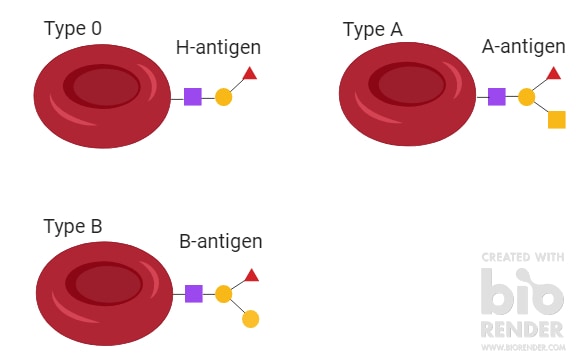
How bacteria change blood types
These sugars that make our antigens are also present in the walls of our intestinal tracts. So, bacteria, that live in our gut, are in contact with these antigens. And whenever bacteria encounter something in their environment, they develop a way to use it.
This is why scientists were looking for bacteria within the human gut microbiota that are changing our blood types.
And indeed, scientists found that the almost unknown bacterium Flavonifractor plautii can transform blood types A and B to blood type 0.
Interestingly, this bacterium produces two proteins that work together. In the picture below you can see this mechanism in more detail.
Starting in the upper right corner (1), you see the antigen A with the GalNac sugar as the yellow square. A bacterial protein (the blue scissors) can now cut off the ac from the GalNac sugar. This leaves the GalN sugar as the yellow pentagon. Next, another protein (2, grey scissors) cuts the GalN off the antigen. Hence, the H antigen remains and this person seems to now have blood type 0.
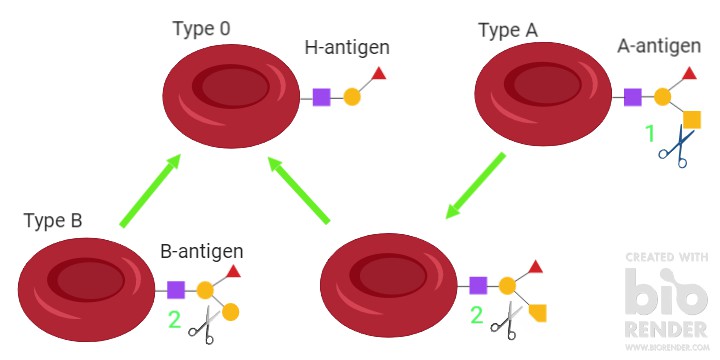
In a person with the B antigen, bacteria use a similar mechanism to cut off the sugars that you can see in the lower left corner. In the B antigen, the Gal sugar (yellow circle) is similar to the GalN sugar that bacteria leave when cutting the A antigen.
Hence, the protein – that you can see as the grey scissors – can cut off the Gal sugar from antigen B. This, again, leaves antigen H. So, the same proteins can change blood type A and B to type 0.
What bacteria do with the sugar
So why did bacteria learn to cleave off sugars from antigens I hear you ask?
It seems that bacteria use the cleaved sugars as food. Their aim is not to change our blood type. They just want to eat and survive!
But rest assured, this blood type change is only for a short amount of time. As soon as the human body produces new blood cells, they will have the antigens that are written in our genes.
So, the blood type change won’t last for long.
Now, researchers are trying to optimise this process and make it available for use in larger scales. Biotechnology will definitely profit from bacteria changing blood types in many applications. For example, would it be helpful to produce larger amounts of blood of type 0 to stockpile blood supplies.

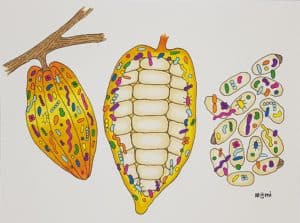
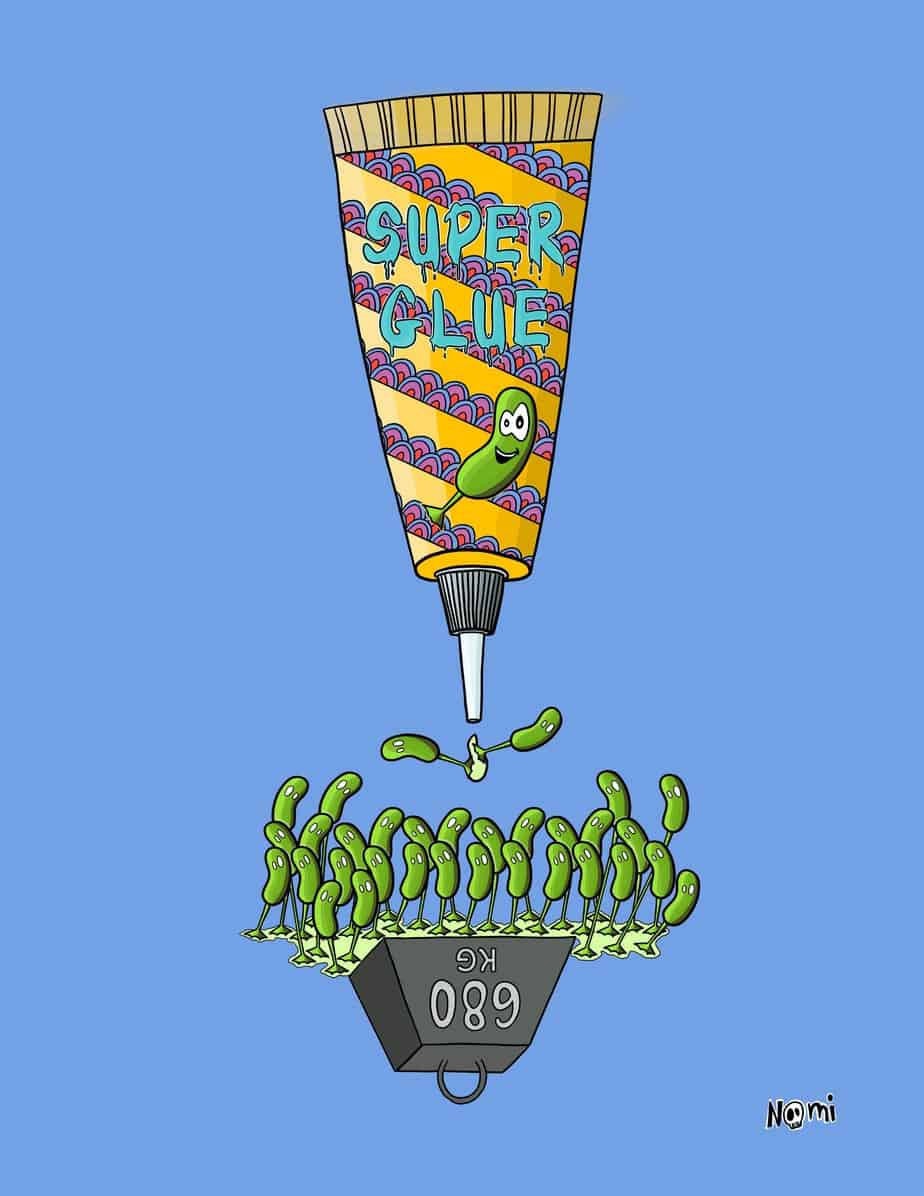
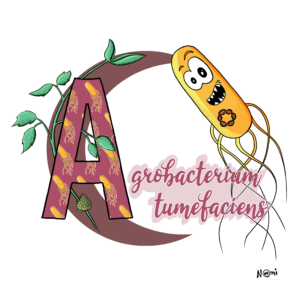
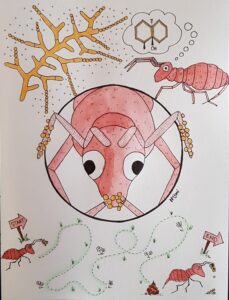
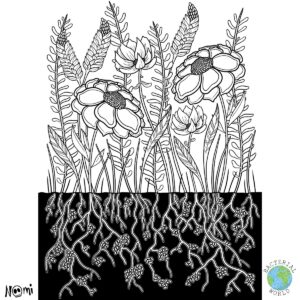

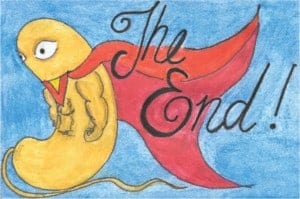

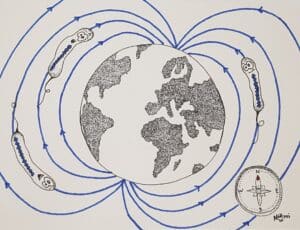

8 Responses
Interessant zu lesen ,sogar ich habe es
verstanden
Danke! :)
Interessant zu lesen ,sogar ich habe es
verstanden
Danke! :)
Why our body don’t produce antibody against O antigen?
Is it due to it’s simple structure?
Hey, our body produces the antigens A and B from the 0 antigen. This means that at some point we do have antigen 0 in our own body. If we had antibodies against antigen 0 in our body, they would recognise the body and cause huge damage.
Hope that helps.